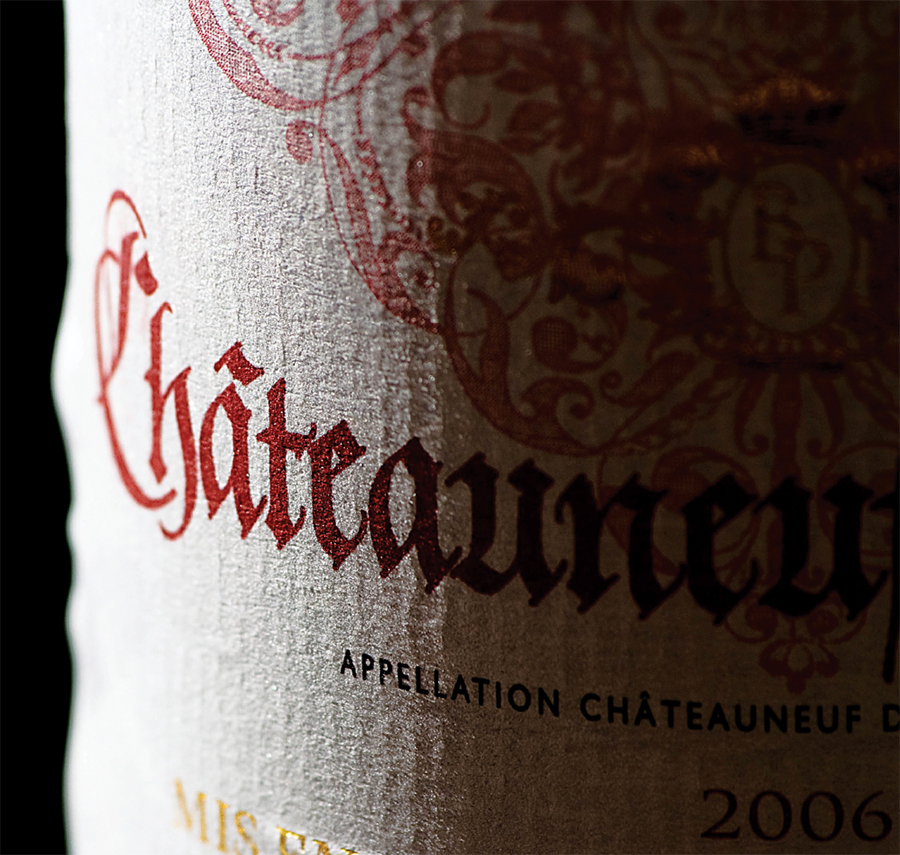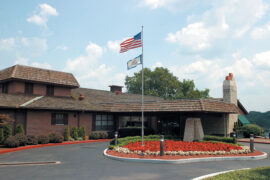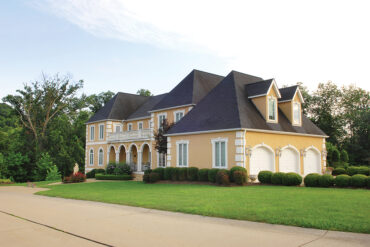By Matthew DeBord
HQ 73 | SPRING 2011
“French wine.” Two words that for some reason strike fear in the hearts of otherwise brave and adventurous people. And it’s not hard to understand why. France is the undisputed King of the Wine World. Even upstart California, with its perfect climate and hoards of winemaking talent, can’t come close (yet) to matching the contribution to wine that France has made over the centuries. Yes, centuries.
So how should you go about wrapping your head around French wine? The trick is to break it down and view France through the comfortable lens that’s been established in the U.S.A.
All the grapes that you’re familiar with if you drink mainly California or Australian wines are also present in France. In fact, France is where they originated. It has been acknowledged for years that the best wine grapes are Cabernet Sauvignon, Merlot, Chardonnay, Pinot Noir, etc. These so-called “noble varieties” are widely planted all over the rest of the world for that reason.
When I think of French wine, I separate the country into five basic areas: Bordeaux, Burgundy, Champagne, the Rhône and the South. Each of these regions has several grape varieties closely associated with it. In Bordeaux, it’s Cabernet and Merlot. In Burgundy, it’s Pinot Noir and Chardonnay. In Champagne, it’s also Pinot and Chard, but obviously with bubbles added. The Rhône is Syrah, and the South is everything.
This is your starting point. If you like Pinot Noir from California, then you may want to sample Pinot Noir from Burgundy. If you like Merlot, then wines from the Bordeaux region – and specifically from the Right Bank area – may be your thing.
This is how it works: first, choose your grape. Then, choose your wines.
Next, think about price. All red wines from Bordeaux are made with some combination of Cabernet and Merlot (along with some other, less well known grapes), and the prices range from less than $10 to more than $1,000 a bottle. A good target range if you’re just beginning to get into French wine is the $20-$30 ballpark. These wines will be rewarding and will give you a good general sense of the Bordeaux style – without costing an arm and a leg.
I should probably note here that French wines as a whole, and reds especially, are less heavy and sweet than Californian or Australian wines. But this doesn’t mean they’re less intense or profound; in fact, many have more depth and nuance. But you will have to adjust a bit at first.
The beauty of focusing on grape (through region) and price is that it enables you to ignore the often cryptic French wine labels, which are required by law to display a lot of regional information. In Burgundy, this is a particular point of intimidation for people. But if you adopt my approach, it doesn’t matter. If it’s red, it’s Pinot. If it’s white, it’s Chardonnay. So pick your price and go from there.
This is made even easier if you like Syrah. The wellspring of Syrah in France is the Rh ne region. There are other reds, and even some whites, but big, rich, Syrahs are the name of the game. Again, you’ll see lots of labels with a variety of, you know, French words on them. But as long as it’s not Chateauneuf du Pape, it’s pretty much all Syrah. Again, prices range from around $10 to upwards of $500. And again, the $20-$30 zone is ripe territory for exploration. The cheapest option is Côtes du Rhône. You can work your way up to Crozes-Hermitage. But again, the names don’t matter. The Syrah grape is the same thing, although with a French twist, that goes in Australian Syrah, a popular international wine.
I have covered Champagne in this space before. The bottom line is that it’s all good – the inexpensive ones and the super-pricey ones. Save the more grandiose bottles for special occasions. Go with the less expensive labels for weekend pre-dinner bubbly.
In France, the South is where the everyday drinking wines come from. In recent years, go-go younger winemakers have upped the area’s overall game. Languedoc is the name you’ll most often see when the South is on the wine list, but once again, the majority of the bottles will be labeled with the actual grape variety, so it’s even easier than when you’re trying to figure out the more prestigious realms. And when it comes to the South, the prices are much lower than in the Big-Name regions. You can do well here for $10-$20.
What about vintages? France is more sensitive to vintage variation than, say, California, simply because the weather is more variable in France. But don’t be concerned because there’s more high-caliber winemaking talent in France than anywhere else on Earth, and they can make gold even in a year the vineyards give them lead.
Still, I advocate ignoring vintage for the most part. Just stick to (1) the variety of wine you like and (2) your price target. Once you’ve narrowed it down, simply buy the most recent vintage. Over time, experience will tell you why you prefer the 2005 Bordeaux over the 2006.
French wine is never going to be as easy to understand as wines from the so-called New World. But if you stick with the basics, you really can’t go wrong. A few years back, when the exchange rates were more favorable, I almost always chose a French wine over anything else. The price-to-quality ratio was just too appealing. Now the situation has changed, so you’ll pay a bit more of a premium. But the quality of the wines hasn’t changed, and the experience will still only cost you a few dollars more. From my point of view, it’s thoroughly worth it.
I live in California, so I have endless access to the best the state has to offer. But I often turn to French wines simply because I love the distinctive character they present, as well as the combination of winemaker passion and deep regard for the vineyards themselves. The French are very serious about their wine. But there’s no reason why you should assume that the country’s history of gravitas means you can’t join the club. Use the techniques I’ve outlined. You won’t be disappointed.





